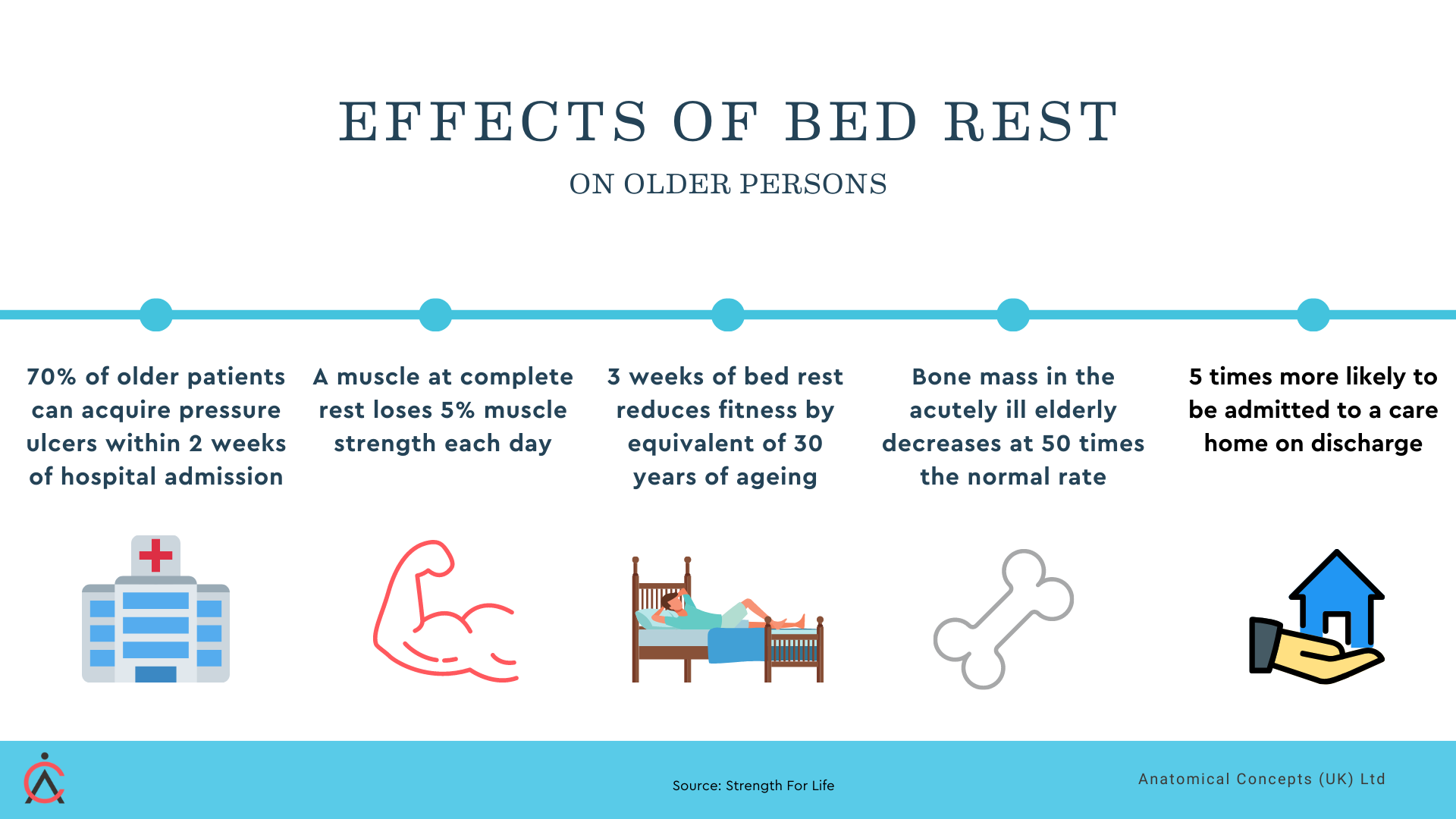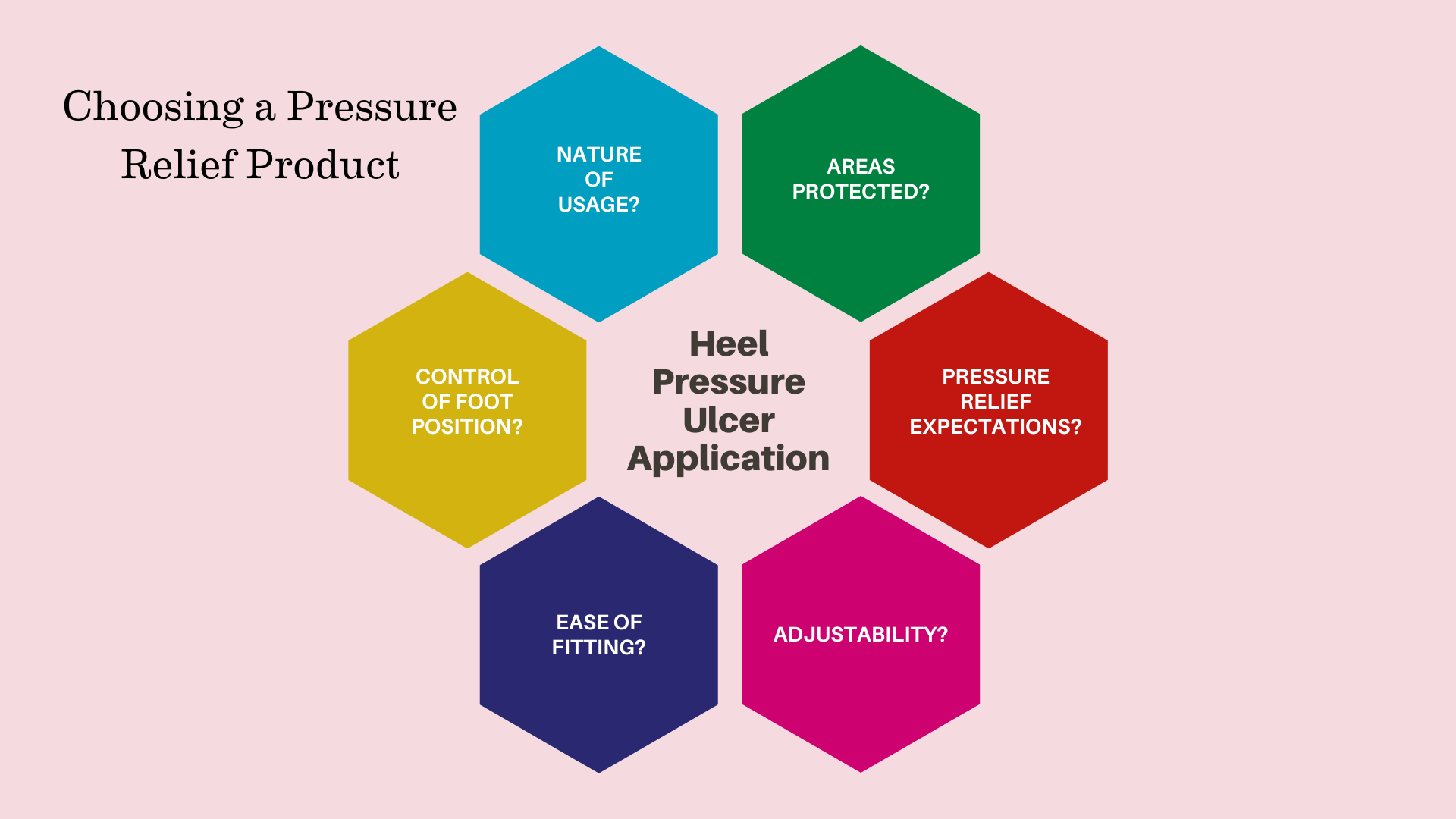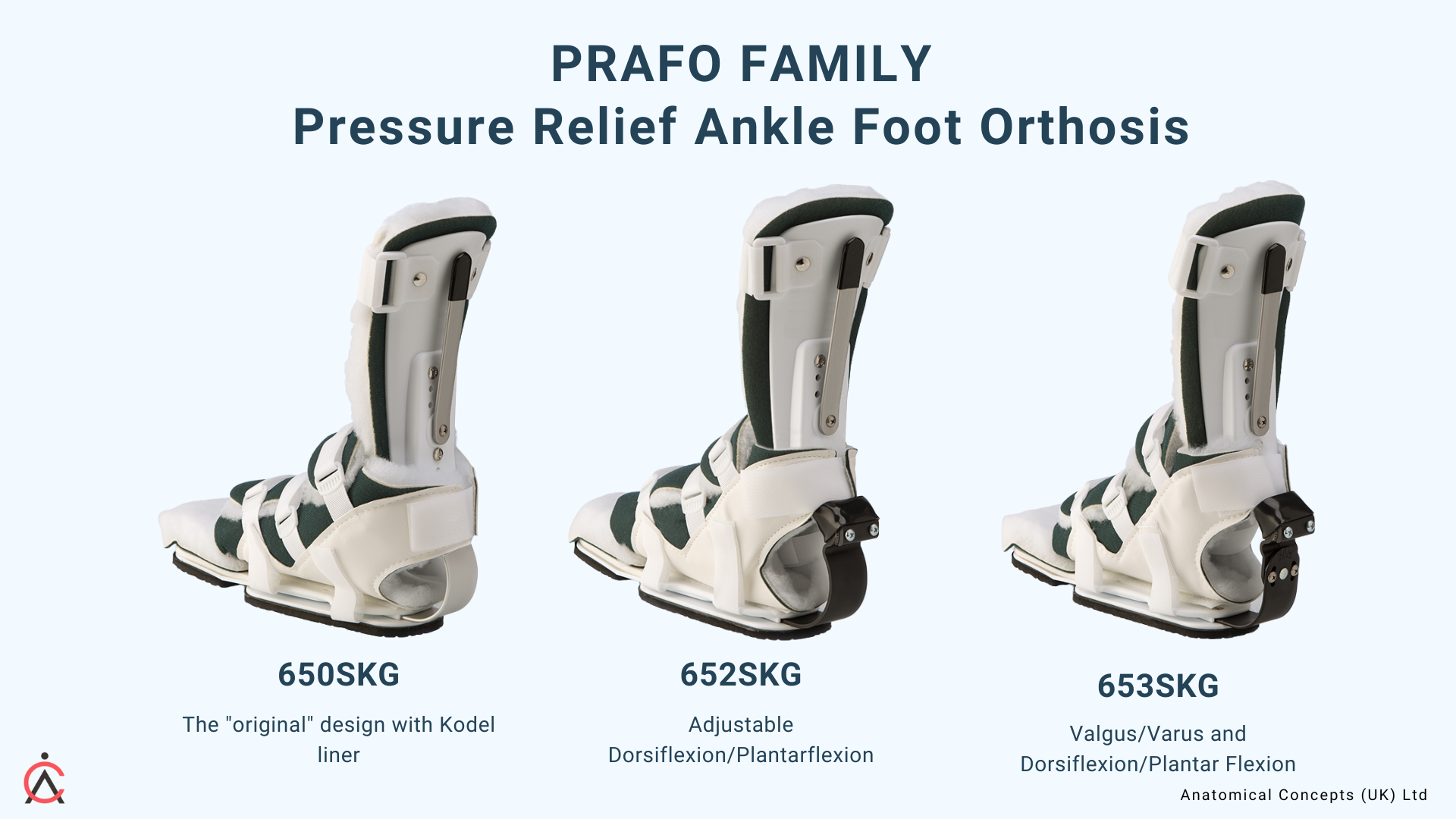How to Choose the Best Heel Protectors for Pressure Ulcer Prevention or Treatment
Looking for the best heel protectors in bed for pressure sores prevention? Heel pressure ulcers, sometimes known as pressure sores, or bedsores, can be a serious health concern for those who are in bed, have limited mobility or have additional medical risk factors such as diabetic foot disease or an inability to move.
It’s likely that you will find lots of products but how to choose the right one for the situation? We are looking to give some guidance in this article and it’s introduced by the following video.
Even though we know what causes pressure ulcers, and recognise that prevention is best, they still cost the NHS ᆪ3.8 million per day to treat. Estimates suggest an annual cost between ᆪ1.4 to ᆪ2.1 Billion to the NHS.
Heel protectors are an important tool in preventing and treating these heel pressure sores, but, with so many options available, it can be difficult to know which ones are best for your needs. This guide will help you choose the best heel protectors. It's probably not as straightforward as you might have thought.
I’ve spoken to people who have searched for “sheepskin heel protectors” or some variation on “bed sore heel products”. The problem with searching this way is you will find thousands of cheap products that may not be optimised for your situation.
There are two things to be aware of
1) For maximum benefit there needs to be Zero pressure on the vulnerable heel area. This is true for prevention as well as for treating heel ulcers
2) You need to look beyond the current problem. This is because of the importance of continuity of care. A cheap product strapped to the heel might not be ideal if it prevents the user being mobilised quickly or it allows a contracture to develop. More about this important concept below.
As you might expect, we will describe why the PRAFO range of ankle-foot orthoses ranks as the market leader for this type of product because of how they manage the broadest aspects of risk.
Why is heel protection necessary?
Areas such as the heel area are particularly vulnerable to pressure ulcers. In this area, we have a thin covering of skin and tissue covering a bony prominence. If an individual is immobile and perhaps presenting with other risk factors, the circulation in that area can be compromised by the pressure applied to the skin. If this persists for long enough, then a pressure ulcer can form representing the localised damage to fragile tissue.
A formal definition of a pressure ulcer goes like this
"Any skin lesion, usually over a bony prominence, caused by unrelieved pressure resulting in damage of the underlying tissue"
One of the problems I have with this commonly used definition is that the term "unrelieved pressure" needs some qualification as we will see below.
Once an ulcer forms, that area will always be vulnerable to repeat ulceration because as the area heals the nature of the tissue is altered.
Prevention of ulceration is always important and much better than treating these wounds which represent a massive challenge for the health service as well as the people who experience them. Heel ulcer prevention can be managed with a heel protection product. As we will discover, some of the products available are inexpensive but may not be the best option. We will explain why.
We believe potential users or their clinicians need to bear a few things in mind that are not obvious.
there is no safe level of heel pressure - other than zero
always think of the options for continuity of care
Why zero pressure?
Pressure ulcers arise when the combination of applied pressure or shear and time exceeds a threshold. The problem is we don't know where that threshold is and it varies significantly from person to person.
Consider two situations that could result in a pressure ulcer when a person's heel is in contact with a support surface.
1) the pressure applied at the heel is low but is present for a long period
2) the pressure applied at the heel is high but is present only briefly
The threshold for ulceration is influenced strongly by a person's medical risk factors, age and the nature of the support surface in contact with the heel. This being the case, the only way to eliminate the risk of pressure ulcers is to use a device that eliminates the pressure. Low pressure is not good enough.
In all cases, we need to think of what are the medical and the mechanical risk factors?
What is continuity of care?
Thinking of continuity of care is about devising an approach that provides effective care that evolves as a patient's needs change over time. There is an understanding that a patient's health may be most vulnerable during "gaps" in care - the aim is to prevent such gaps. When we think of an individual treatment episode, this is where we need to think beyond the immediate problem and think about what comes next.
For example, consider an elderly, vulnerable patient who has compromised mobility and then develops a heel ulcer. What happens if they experience prolonged bed rest? As we will know, that person will lose strength and may never fully recover.
Putting continuity of care principles into action would mean choosing a heel protection product that not only relieves the pressure and shear at the heel but allows that person to be mobilised at once rather than needing bed rest.
What are the "medical" pressure ulcer risk factors?
Unfortunately, there is a broad spectrum of risk factors for pressure ulcers. We could describe risk as being affected by mechanical factors (commonly described as applied pressure and shear) and medical factors which are listed below.
Medical risk factors for pressure ulcers
Diabetic Foot Disease - with Neuropathy & Arterial Narrowing
Any Chronic Condition Requiring Bed Rest
Lower Limb Fractures and Multisystem Trauma
Combinations of Immobility, Dehydration, Immuno-suppression, Malnutrition
Spinal Cord Injury
Critical Care Situations - Immobility
Significant Obesity or Thinness
Degenerative Neurological Diseases such as Dementia
Cardiovascular compromise
History of Previous Ulceration
Compromised Nutritional Status
Whilst some validated assessment scales exist care should be taken in selecting them for individual cases as these were developed with particular diagnostic criteria in mind. It is necessary to pay attention to and reduce the impact of these risk factors if possible.
Mechanical risk factors
As we have seen the body is in contact with a support surface which applies loads to the body tissues. Along with the medical risk factors, the nature of these loads can elevate the risk of ulceration. Pressure and shear can arise due to inappropriate use of equipment, poor patient handling techniques and positioning.
Understand the different types of heel protectors.
Before choosing a heel protector, it’s important to understand the different types available. Some commonly available types include simple foam, gel, air-filled, and sheepskin-lined "bootee" structures.
Foam and gel protectors are typically relatively inexpensive and provide moderate pressure relief, whilst air-filled protectors offer more customization and adjustability. Sheepskin-lined protectors are soft and comfortable, but may not provide as much pressure relief as other types.
In justifying the use of these products, providers will focus on the materials being used, the adjustability of the product and the nature of the pressure reduction.
Of course, these things are important but the primary rationale for using these products is that they are inexpensive. They do not eliminate pressure and shear but may reduce these mechanical effects. Depending on the level of risk they may be adequate for prevention purposes but not especially to help resolve an existing wound. The problem is, can you be sure that the person's risk is low enough to get away with using these aids?
The other factor to consider is continuity of care. If the patient is likely to need to be mobilised quickly and safely or is likely to develop contractures at the foot and ankle, these devices will not be helpful.
Choosing a Pressure Relief Product
The figure below is our framework for choosing a suitable Pressure Relief Product.
A framework for selecting a pressure relief product
The points to consider are as follows
The nature of usage?
Is the device to be used for a short or a long time?
Is it purely for recumbent use or ambulant use too?
Is the application to be in a hospital or a community setting?
Is the product to be used for prevention of treatment?
The areas to be protected?
Which areas need protection? Heels? Malleoli? Toes? Plantar surface of the foot?
Pressure relief expectations?
Is it good enough to just reduce pressure and shear or eliminate these?
Adjustability requirements?
Do we need to control foot and ankle alignment?
Do we need to accommodate existing deformity?
Range of sizes?
Do we need to stock different sides - Left or Right?
Is dynamic Adjustment for gait applications possible?
Ease of fitting?
Can any competent person fit the product successfully
Control of foot position?
Do we need to resist the development of contractures in this patient?
Accommodate existing deformity?
Provide secure protection - remains in position despite patient movement
This framework aims to build on the things that we always know to be important such as materials choice.
The PRAFO family of Pressure Relief Ankle Foot Orthoses
Although at the more expensive end of heel protection products, the PRAFO range offer features that are pretty much unrivalled with this type of device.
The core products in the range are the 650SKG, 652SKG and 653SKG orthoses. All are designed to eliminate pressure and shear at the areas of risk on the heel and malleoli. T
he washable and replaceable liner systems ensure overall protection for fragile skin and can even be used when it is necessary to use wound dressings. The metal upright structures are of significant value because they resist contractures, and allow easy positioning to accommodate deformity where this exists. The designs feature various levels of adjustment and all come with an intrinsic walking base to support early mobilisation. Although available as adult and pediatric versions, any product is adjustable to support different limb lengths and fits either left or right leg.
Three key products of the PRAFO range
We supply many NHS hospitals directly or indirectly through our many orthotic supply partners.
If you would like to learn more about how to use these products and variations of the designs you can check out the individual product pages or contact us to learn more.
Reference
"The cost of pressure ulcers in the UK", Bennett, G et al, Age and Ageing 2004, Vol 33: No.3, 230-235






